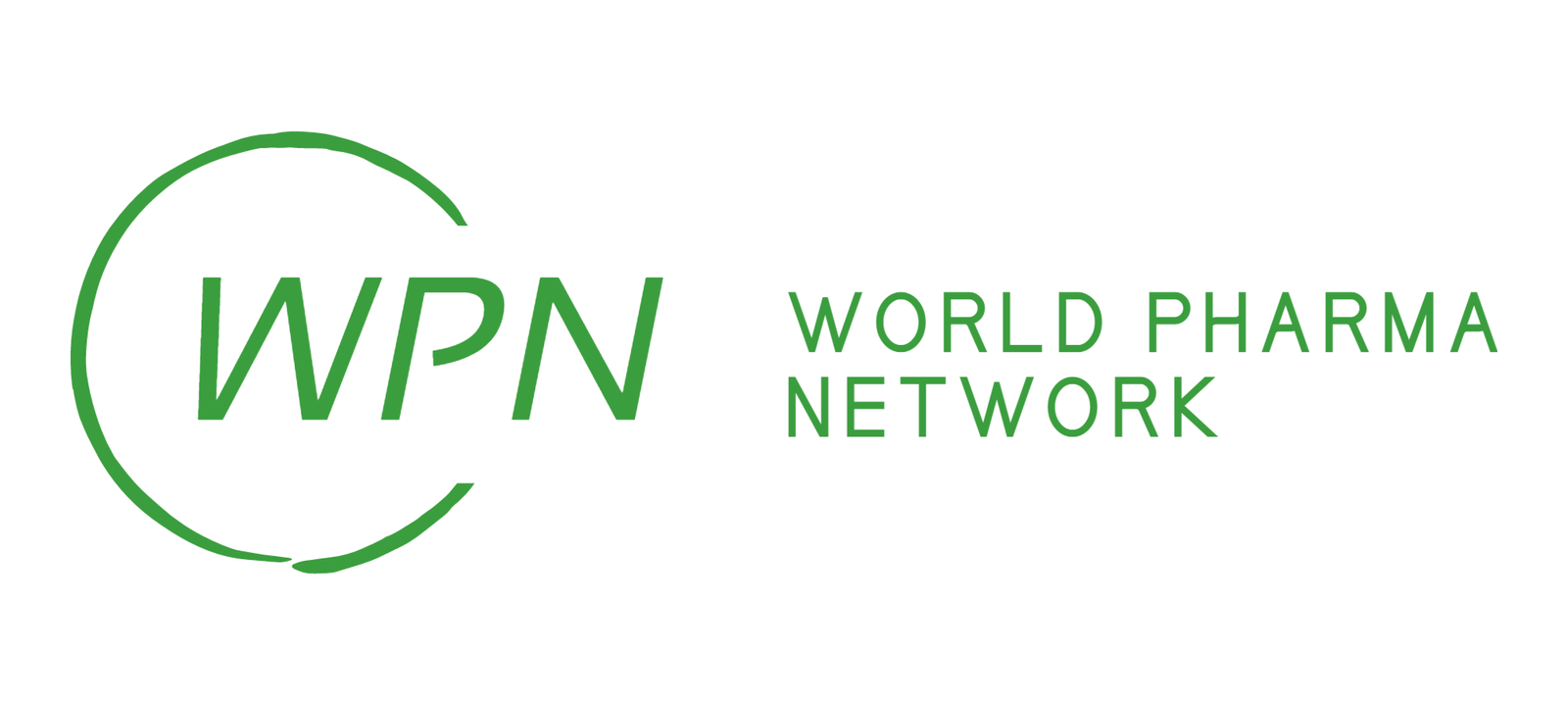As the future has expanded decisively over the last many years, more seasoned people address a quickly developing part of our populace. This outcome is in a rising number of geriatric patients with Cancer growth too. In addition, as Cancer growth and maturing are firmly interrelated, the disease rate is higher in the more established age classes analyzed in more youthful age classifications.
There are a few variables related to maturing that could make sense of this. There, right off the bat, is a gathering of oxidative pressure and DNA harm throughout the long term that is made by a deep-rooted openness to endogenous metabolic put-downs (e.g., free extremists) and exogenous elements (e.g., UV light, food varieties, and so on.). This may ultimately prompt cell change and growth inception. Besides, senescent cells aggregate during the maturing system and emit incendiary go-betweens (e.g., interleukin (IL)- 6, IL-8, monocyte chemoattractant protein (MCP)- 2, development directed oncogene alpha (GROα), and so forth.) that might advance cancer development by establishing a tumorigenic climate. At long last, an ever-evolving rot of resistant capability happens in more established people, by which a powerful safe reaction against creating cancers might come up short.
Though, fast enhancements in Cancer growth endurance prompted the acknowledgment that numerous modalities used to treat or control disease might cause sped-up maturing in Cancer growth survivors. Clinically, “sped up maturing” aggregates in Cancer growth survivors incorporate optional diseases, slightness, ongoing organ brokenness, and mental weakness, all of which can affect long-haul well-being and personal satisfaction in Cancer growth survivors. The therapy actuated sped-up maturing in disease survivors could be made sense of by telomere wearing down, cell senescence, foundational microorganism fatigue, DNA harm, and epigenetic changes. A few maturing tickers and biomarkers of maturing have been proposed to be possibly valuable in assessing natural age, which can give explicit data about how old an individual is organically free of ordered age. Estimating organic age in Cancer growth survivors might be significant for two reasons. To start with, it can all the more likely foresee the gamble of disease treatment-related comorbidities than ordered age. Second, organic age might offer extra benefits in assessing the impacts of therapies and customizing Cancer growth treatments to augment the viability of treatment. A more profound comprehension of therapy prompted sped-up maturing in people with Cancer growth might prompt novel techniques that diminish the sped-up maturing and work on the personal satisfaction of disease survivors.
The connection between maturing and disease has been broadly recognized. The deep-rooted openness to various endogenous as well as exogenous elements, the ongoing condition of irritation, and immunosenescence add to an expanded gamble of creating disease with propelling age. In any case, the natural age of every individual is novel and isn’t reflected by their ordered age yet rather by feebleness status. Here we depicted a few potential maturing biomarkers that might give a more top-to-bottom perspective on the maturing/fragility status when contrasted with clinical understanding just, the execution of maturing biomarkers or a mix of them in clinical practice could help with the assurance of an individual’s actual age and hence with (oncological) navigation. In addition, as maturing critically affects a few organic cycles, the viability and decency of specific therapies (e.g., Cancer growth immunotherapy) could be changed in more seasoned patients. In this way, choosing the most appropriate treatment for more seasoned patients is exceptionally significant yet very troublesome. This warrants further and greater examination of these more established patients. A better clinical understanding of more established patients and the recognizable proof of strong, solid biomarkers could help with a superior individualized therapy for more seasoned patients with the disease.
References
https://www.ncbi.nlm.nih.gov/pmc/articles/PMC8003441/

